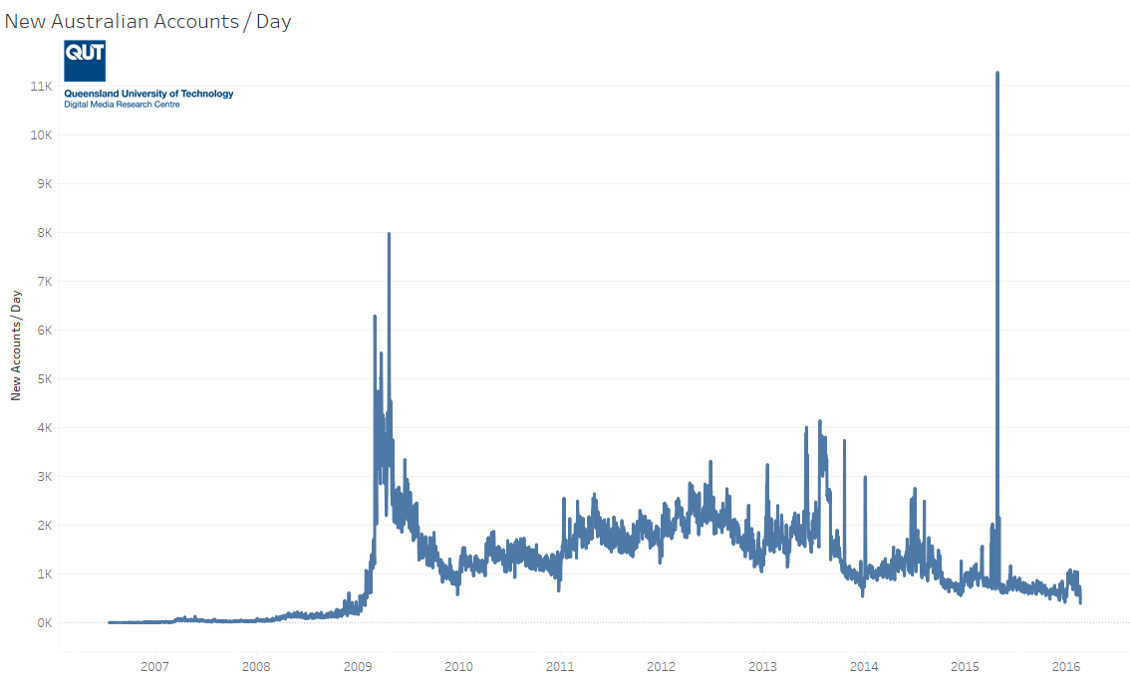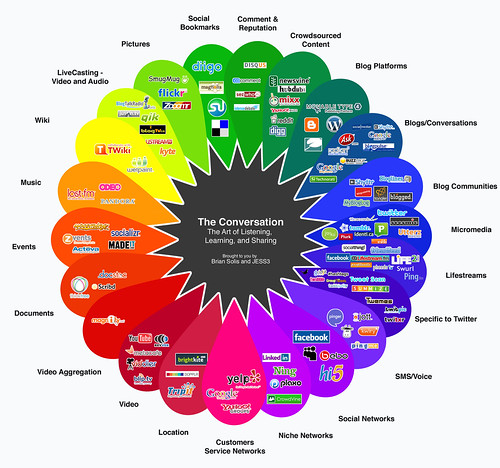CIO Magazine interview: Six key points for CIOs in creating value from Enterprise 2.0
A little earlier in the year CIO Magazine published an excellent feature article titled Enterprise 2.0 – What is it good for? In the print and online articles they included a sidebar: The Organization As Media Entity: Enterprise 2.0 is about making mass participation valuable, which reported on my views (that I’ve written and spoken about on many occasions before) that organizations should start thinking of themselves as media entities. The piece, shown in its entirety below, also includes six key points for CIOs to consider in implementing Enterprise 2.0.
The Organization As Media Entity
Enterprise 2.0 is about making mass participation valuable
Increasingly, the best way to understand how any organization works is to think of it as a media entity, says Ross Dawson CEO, Advanced Human Technologies and Chairman, Future Exploration Network. Organizations create messages and information, take inputs from external media sources, and edit and publish content in an increasing diversity of formats, with e-mail and the intranet often predominant. Their employees are typical media consumers (and creators), deluged by choice, and often ineffective at cutting through with their own communication. As such, the current state of the media industry offers many lessons for organizations seeking to be more effective and productive.
Dawson says it’s important for CIOs trying to come to terms with Enterprise 2.0 to realize it is less about a collection of new technologies and much more about shifting organizations into the next phase of work.


